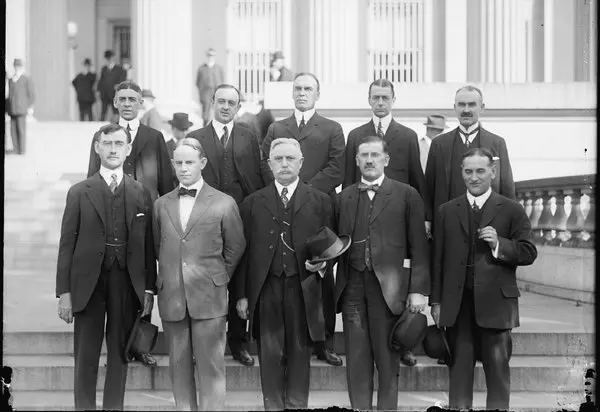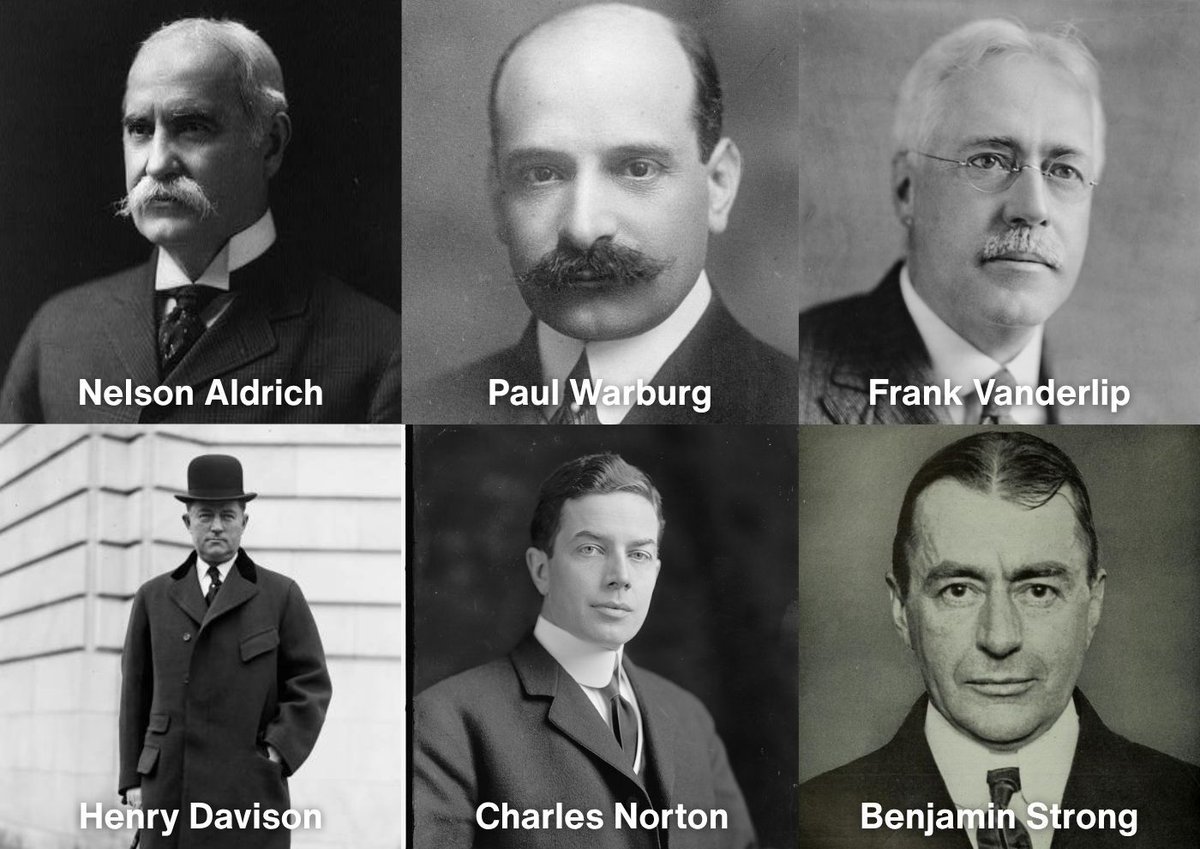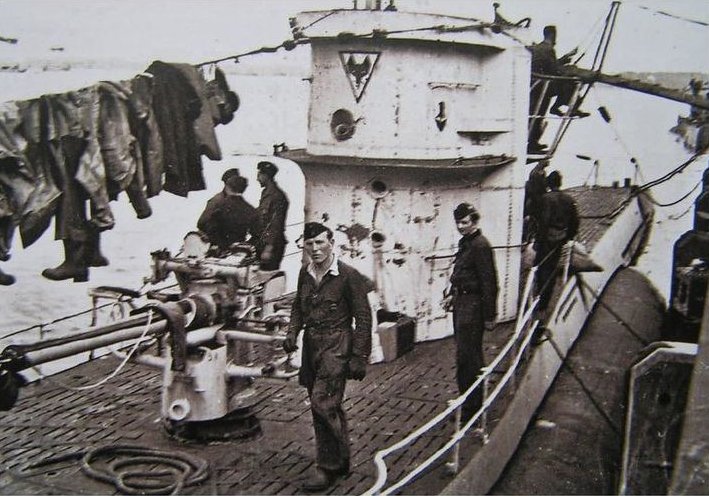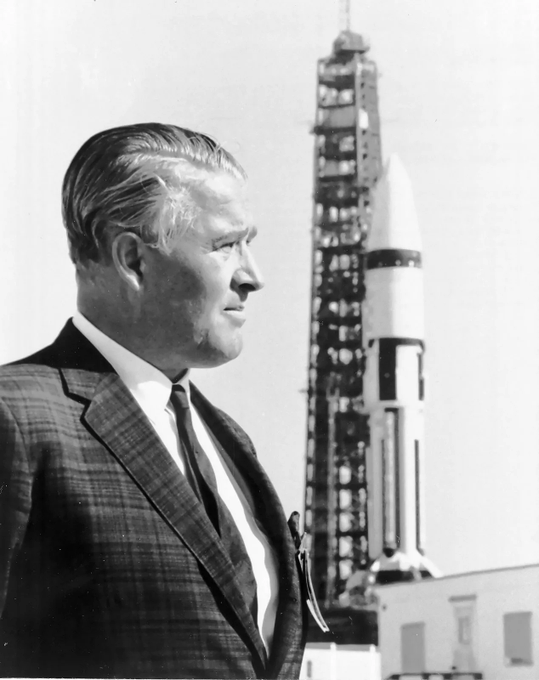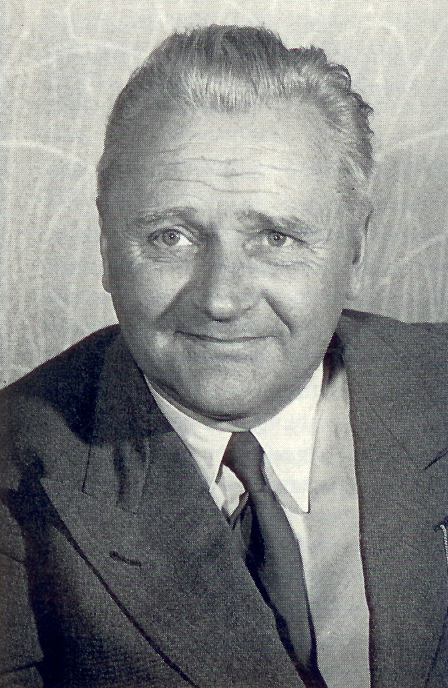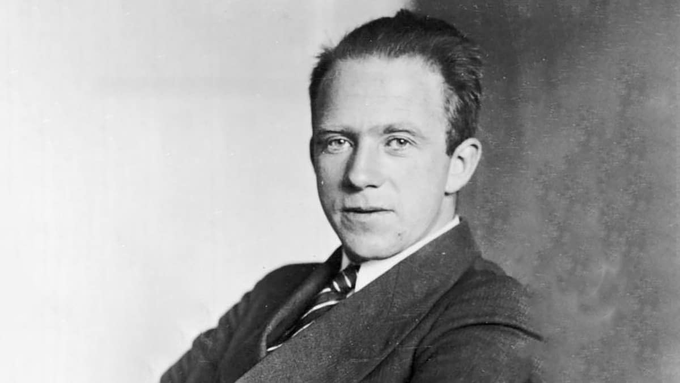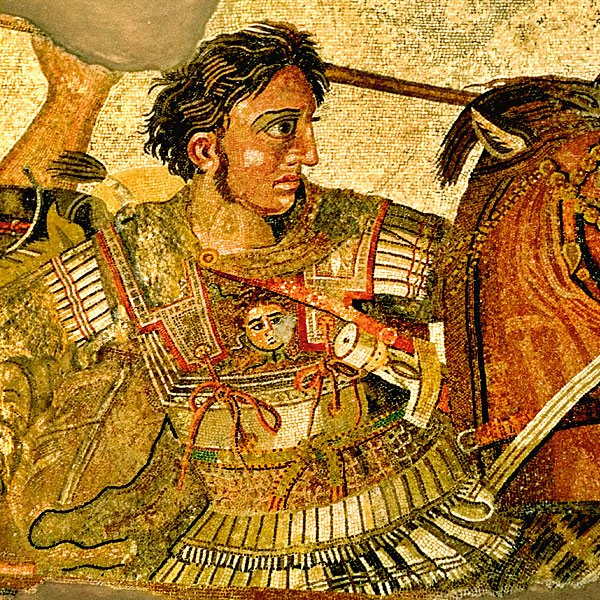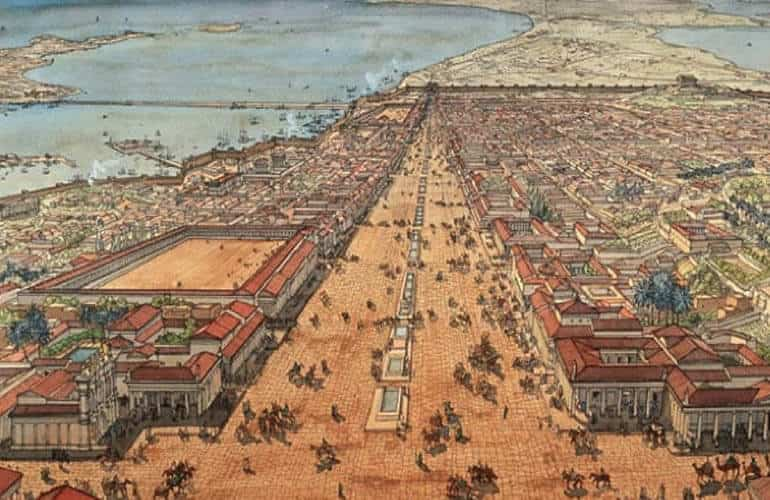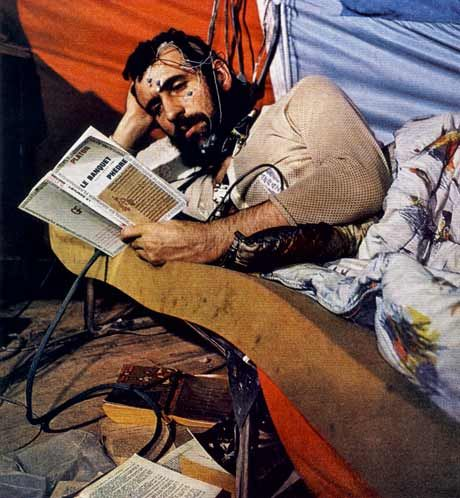In 1961, the Soviets built the most powerful nuclear bomb ever.
It was 3,800 times stronger than the bomb dropped on Hiroshima.
So destructive that the man who built it spent the rest of his life trying to stop nuclear weapons.
This is the story of Tsar Bomba:

It was 3,800 times stronger than the bomb dropped on Hiroshima.
So destructive that the man who built it spent the rest of his life trying to stop nuclear weapons.
This is the story of Tsar Bomba:

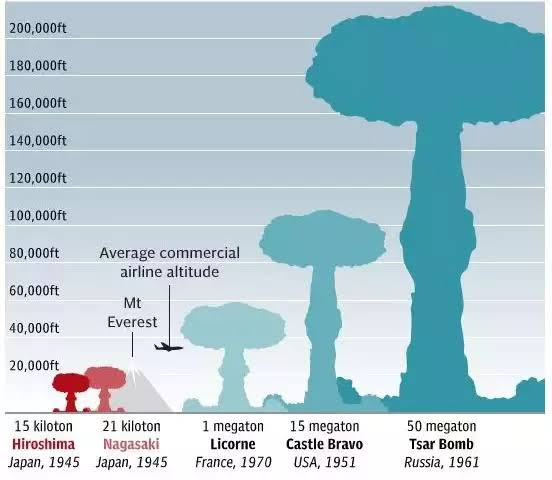
The late 1950s saw the United States and the Soviet Union locked in an arms race, each trying to outmatch the other.
But in 1958, a moment of hope appeared: a voluntary nuclear test ban agreement.
For a brief moment, sanity seemed possible.
But in 1958, a moment of hope appeared: a voluntary nuclear test ban agreement.
For a brief moment, sanity seemed possible.

But everything changed in May 1960.
An American U-2 spy plane was shot down over Soviet territory.
The United States denied it was a spy plane, but the captured pilot exposed the lie.
The Soviets were outraged.
An American U-2 spy plane was shot down over Soviet territory.
The United States denied it was a spy plane, but the captured pilot exposed the lie.
The Soviets were outraged.
Their leader, Nikita Khrushchev, stormed out of a peace summit with the United States.
The Cold War turned ice-cold once again.
Determined to reassert Soviet power, Khrushchev demanded something spectacular, a nuclear weapon so massive it would force the world to take notice.
The Cold War turned ice-cold once again.
Determined to reassert Soviet power, Khrushchev demanded something spectacular, a nuclear weapon so massive it would force the world to take notice.
Soviet scientists were tasked with an impossible challenge:
Design a 100-megaton nuclear bomb, 3,800 times more powerful than the bomb dropped on Hiroshima.
Leading the project was Andrei Sakharov, a brilliant physicist.
Design a 100-megaton nuclear bomb, 3,800 times more powerful than the bomb dropped on Hiroshima.
Leading the project was Andrei Sakharov, a brilliant physicist.

But even for Sakharov, this weapon was a nightmare.
He and his team worked under intense pressure, designing a three-stage hydrogen bomb unlike any before.
Originally planned to yield 100 megatons, Sakharov convinced Khrushchev to reduce it to 50 megatons.
He and his team worked under intense pressure, designing a three-stage hydrogen bomb unlike any before.
Originally planned to yield 100 megatons, Sakharov convinced Khrushchev to reduce it to 50 megatons.

On October 30, 1961, a massive Soviet bomber carried the colossal weapon over the remote Novaya Zemlya archipelago.
The bomb, codenamed "Big Ivan" or Tsar Bomba, was dropped with a massive parachute to slow its descent, giving the bomber crew a slim chance to escape.
The bomb, codenamed "Big Ivan" or Tsar Bomba, was dropped with a massive parachute to slow its descent, giving the bomber crew a slim chance to escape.
At 11:32 AM, the Tsar Bomba detonated.
The explosion was beyond imagination.
A flash of light was visible from 1,000 kilometers away.
A mushroom cloud soared 64 kilometers into the sky, seven times the height of Mount Everest.
The blast wave circled the Earth three times.
The explosion was beyond imagination.
A flash of light was visible from 1,000 kilometers away.
A mushroom cloud soared 64 kilometers into the sky, seven times the height of Mount Everest.
The blast wave circled the Earth three times.

The island below was scorched and vaporized.
Buildings hundreds of kilometers away were destroyed.
Windows shattered as far away as Finland.
The shockwave registered on seismographs across the globe.
Buildings hundreds of kilometers away were destroyed.
Windows shattered as far away as Finland.
The shockwave registered on seismographs across the globe.
Yet despite its unimaginable power, Tsar Bomba was never meant for war.
It was a demonstration of Soviet power.
The test was condemned worldwide.

It was a demonstration of Soviet power.
The test was condemned worldwide.


Andrei Sakharov, haunted by the destruction he had helped create, became an outspoken critic of nuclear weapons.
In 1975, he was awarded the Nobel Peace Prize for his fight against the nuclear arms race.
In 1975, he was awarded the Nobel Peace Prize for his fight against the nuclear arms race.

• • •
Missing some Tweet in this thread? You can try to
force a refresh


